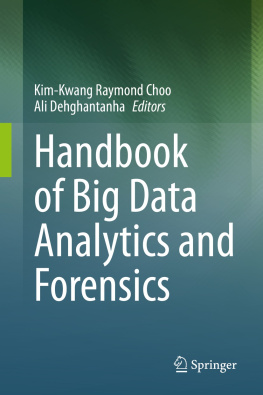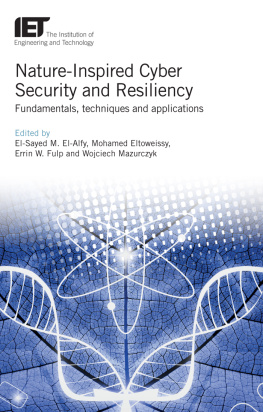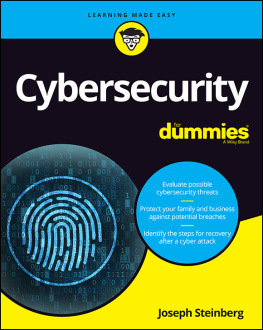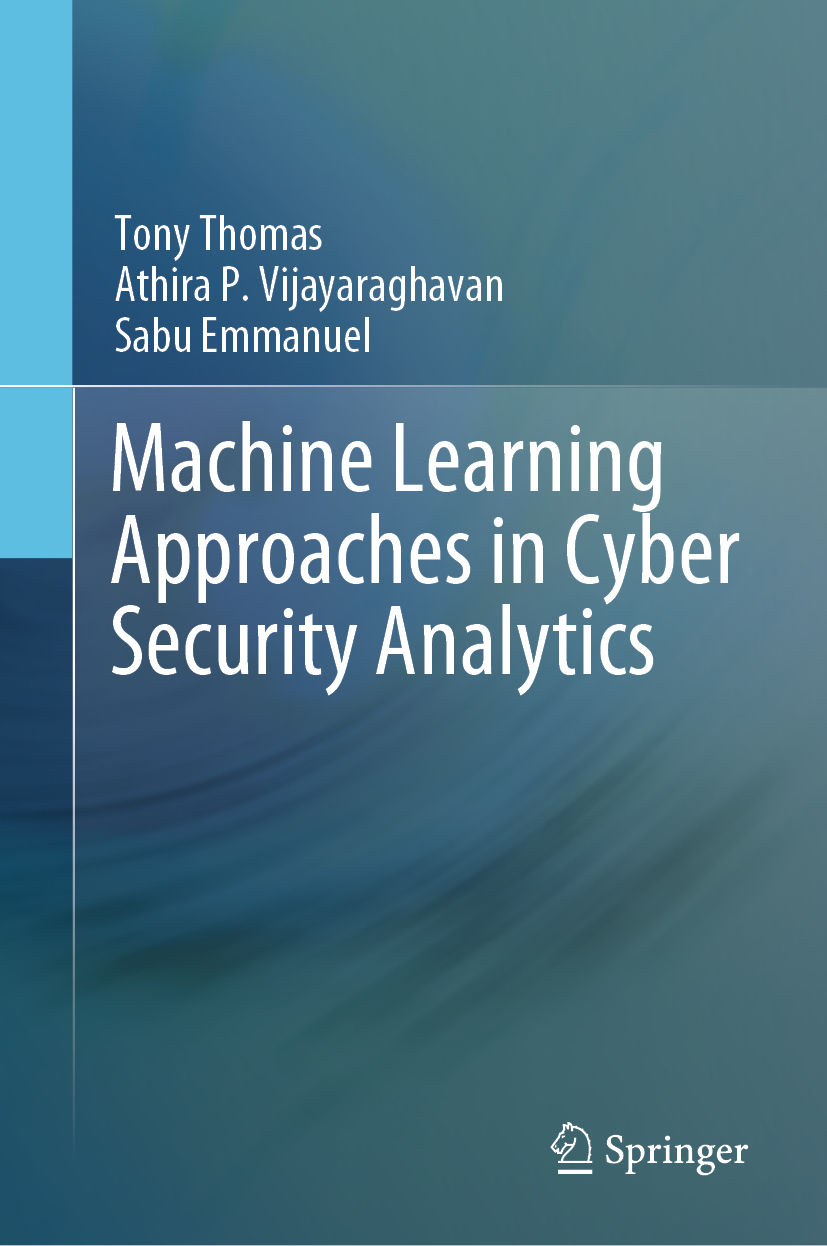About the Book
With an overwhelming amount of data being generated and transferred over various networks, cybersecurity experts are having a hard time in monitoring everything that gets exchanged and identifying potential cyberthreats and attacks. As cyberattacks are becoming more frequent and sophisticated, there is a requirement for machines to predict, detect, and identify cyberattacks at a faster rate. Machine learning offers various tools and techniques to automate and quickly predict, detect, and identify cyberattacks. This book introduces various machine learning methods for cybersecurity analytics.
The main emphasis will be on the discussion of machine learning algorithms which have potential applications in cybersecurity analytics. There will be discussions on how cybersecurity analytics complements machine learning research. The potential applications include malware detection, biometrics, anomaly detection, cyberattack prediction, and so on.
The proposed book is a research monograph on cybersecurity analytics using various machine intelligence approaches. Most of the contents of the book are out of the original research by the authors. The cybersecurity and machine learning researchers, graduate students, and developers in cybersecurity will be benefited from this book. The prerequisites needed to understand the book are undergraduate-level knowledge mathematics, statistics, and computer science.
Aim and Scope
Nowadays, machine learning techniques have been applied in many areas such as voice recognition, fraud detection, email spam filtering, text processing, search recommendations, and video analysis. Machine learning techniques offer greater data analytics, reduction in the cost of computation, etc. Progress in the varied applications of machine learning techniques has also led to the advancement of the state of the art of machine learning research. In a broad sense, machine learning refers to a series of techniques where a machine is trained to solve a problem. Once a machine is trained, it can give solutions for several instances of the same problem.
Cybersecurity is a fast-growing field demanding a great deal of attention because of remarkable progresses in IoT networks, cloud and Web technologies, online banking, mobile environment, smart grid, etc. So with all of the recent technologies embracing machine learning approaches, one may ask what exactly is machine learning and how it is applied in cybersecurity analytics.
As cyberattacks are becoming more frequent and sophisticated, there is a requirement for machines to predict, detect, and identify cyberattacks at a faster rate. Machine learning offers various tools and techniques to automate and quickly predict, detect, and identify cyberattacks. Diverse machine learning methods have been successfully deployed to address several wide-ranging problems in cybersecurity. This book discusses and highlights different applications of machine learning in cybersecurity. This research monograph presents the latest research in cybersecurity analytics using machine intelligence methods. A major part of the contents of the book are out of the research work carried out by the authors. This book will be useful for cybersecurity and machine learning researchers, graduate students and security product developers.
Acknowledgements
We thank our family, friends and colleagues for their support in helping to make this monograph possible. We thank the Government of Kerala for supporting this project through the Kerala State Planning Board project CRICTR.
Tony Thomas
Athira P. Vijayaraghavan
Sabu Emmanuel
Thiruvananthapuram, India
February 2019
About the Authors
Tony Thomas
is an Associate Professor at the Indian Institute of Information Technology and Management, Kerala, India. He received his masters and Ph.D. degrees from IIT Kanpur. After completing his Ph.D., he pursued postdoctoral research at the Korea Advanced Institute of Science and Technology, Daejeon, South Korea. He later worked as a member of research staff at the General Motors Research Lab, Bangalore, India, and the School of Computer Engineering, Nanyang Technological University, Singapore. His current research interests include malware analysis, biometrics, cryptography, machine learning, cyber threat prediction and visualization, digital watermarking, multimedia security and digital forensics.
Athira P. Vijayaraghavan
holds an M.Tech. degree in Information Security and Cyber Forensics from SRM Institute of Science and Technology (formerly known as SRM University), Chennai, India, and a B.Tech. degree in Information Technology from Calicut University, Kerala, India. She currently works at Acalvio Technologies, Bengaluru, Karnataka, as a member of technical staff. She worked as a Research Associate at the Indian Institute of Information Technology and Management, Kerala, India, till August 2019. Her current research interests include autonomous deception for malware detection, threat intelligence analysis, malware analysis, memory forensics and cyber threat prediction.













